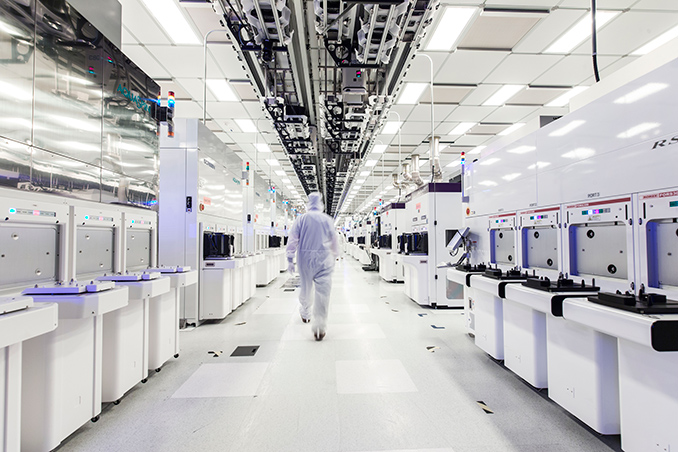Fulljack
Posts: 116 +97
Cool story, bro... Source? AFAIK even GloFo admitted back in 2018 that demands will get higher as they put it in their press release.Read again: "Without TSMC 7nm AMD would have even better GlobalFoundries 7nm."
GlobalFoundries had 7nm around six to nine months from mass production phase when they decided to pull plug. One of main reasons (perhaps even biggest) for that was TSMC's 7nm capacity was so large. GF even made their process dimensions quite close what TSMC had so customers could easily change from TSMC to GF and vice versa. However GF's process was designed to reach higher clock speeds than TSMC's process, making it more suitable for many AMD products.
GF surely considered (among everything else) that TSMC's 7nm capacity + GF's 7nm capacity would be near oversupply. And applying that to future ultra-expensive 5nm and 3nm nodes, it was worth abandoning. Despite all development costs (quite huge) already spent.
Yeah, GF clearly underestimated 7nm demand. If they would have continued 7nm development into production phase, there would be much less chip shortage etc. But how many semiconductor companies correctly predicted demand that Covid caused? None?
But basically, without TSMC's 7nm node, AMD would have used GF 7nm node. And surely would not have been abandoned.
“Demand for semiconductors has never been higher, and clients are asking us to play an ever-increasing role in enabling tomorrow’s technology innovations,” Caulfield said.
To what I gather, GloFo stop developing their own 7nm due to lack of financial incentives to do so. high profit yet high entry, so they decided to better support their 12/14nm offering instead.
Also, accordinf to Ian Cutress of Anandtech, AMD has always been designing Zen 2 using TSMC 7nm CLNFF from the start, so the argument of using GloFo are totally 100% what ifs scenario. as AMD never bet on using GloFo 7nm even when they're in development phase.
